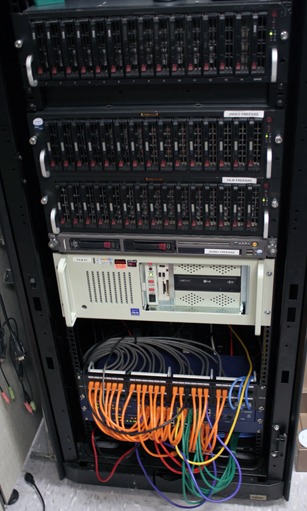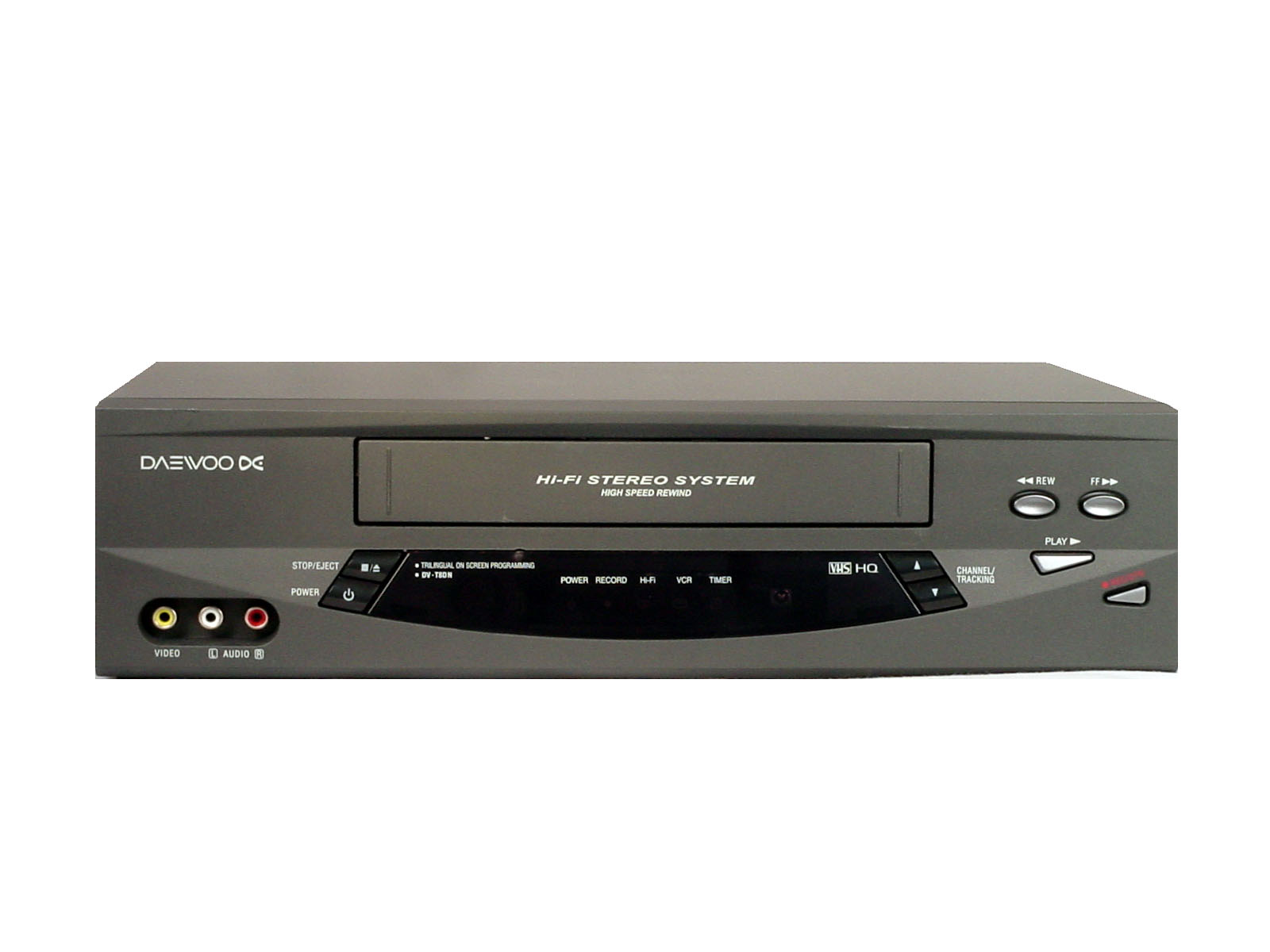
Repeat the process when connecting the other end of the cable to the computer’s video capture device. To connect the cable, match up the colors and push the male plug into the female ports. A component cable features male plugs that are color-coded to match the yellow, white and–if included–red ports on your device. The S-video cable is pinned in such a way that it will only fit in the correct configuration.Ĭomponent cables will fit in any configuration, but are color coded to ensure the connections are correctly made. A component output will feature a series of small, round and color-coded female ports there may be two ports colored yellow and white, or three ports colored yellow, white and red.Ĭonnect the VCR or camcorder to your computer If your playback device features an S-video connector, simply plug one end of an S-video cable into the playback device and plug the other end into your computer’s video capture device. If your camera supports S-video, the port should be small and round, designed to fit either four (4) or seven (7) pin cables. Most VCRs and camcorders with video playback capabilities feature either a component output or an S-video output, both of which should be supported by your newly installed video capture device. Locate the video out port on your VCR or camcorder Depending on the type of VCR or video camera you have, the video output options may differ slightly. If you are uncomfortable with these steps and a USB capture device is not an option, you may wish to consult your preferred computer repair specialist for assistance with installing the card. Installing internal PCI cards into a desktop computer is considerably more complex and falls outside the scope of this procedure, though the basic steps involve removing the computer’s case, slotting the card into an available PCI slot then securing the computer’s case back onto its frame. If your device came with installation software, run the installation program at this time. Similarly, USB capture devices connect to desktop computers by simply plugging the universal serial bus (USB) plug of the device into an available USB port on the front or back of the computer in question. These cards, designed for use in laptop computers, simply slide directly into the PCMCIA slot on the side or back of the machine.

Install the video capture card By far, PCMCIA cards (small, flat cards designed for laptops) are the easiest cards to install.

For desktop computers, a USB capture device is the easiest option to install, though an internal PCI card may be somewhat more inexpensive.

If you are using a Windows-based laptop, a PCMCIA (also known as a PC Card) is the easiest and most simple option. Updated FebruConnect the VHS Player or Camera to Your Computer #ĭetermine type of card to obtain The type of video capture card you will need depends largely on your computer.


 0 kommentar(er)
0 kommentar(er)
